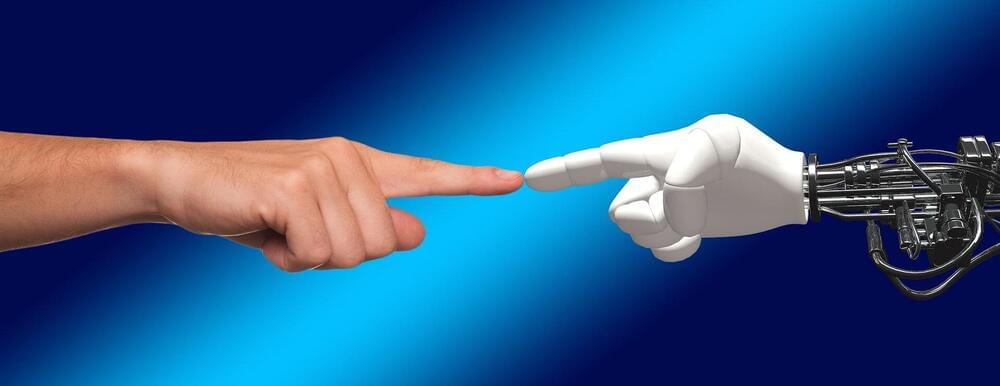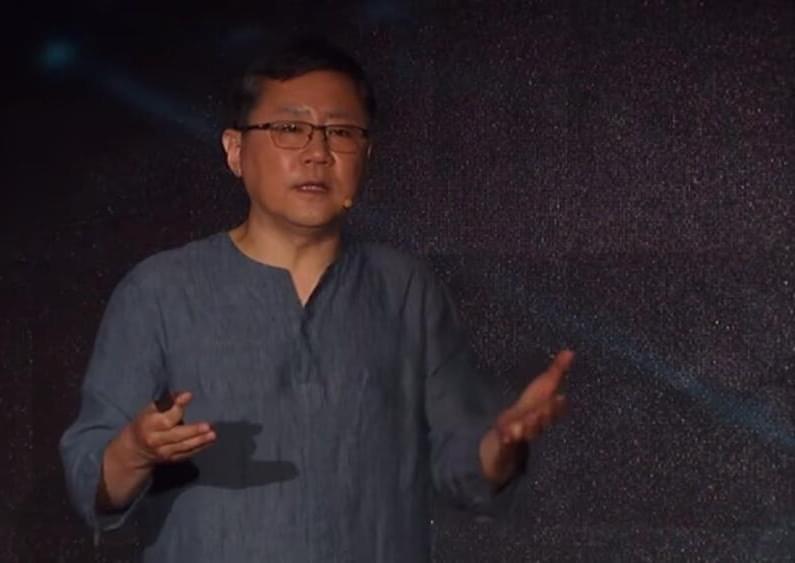When robots appear to engage with people and display human-like emotions, people may perceive them as capable of “thinking,” or acting on their own beliefs and desires rather than their programs, according to research published by the American Psychological Association.
“The relationship between anthropomorphic shape, human-like behavior and the tendency to attribute independent thought and intentional behavior to robots is yet to be understood,” said study author Agnieszka Wykowska, Ph.D., a principal investigator at the Italian Institute of Technology. “As artificial intelligence increasingly becomes a part of our lives, it is important to understand how interacting with a robot that displays human-like behaviors might induce higher likelihood of attribution of intentional agency to the robot.”
The research was published in the journal Technology, Mind, and Behavior.









